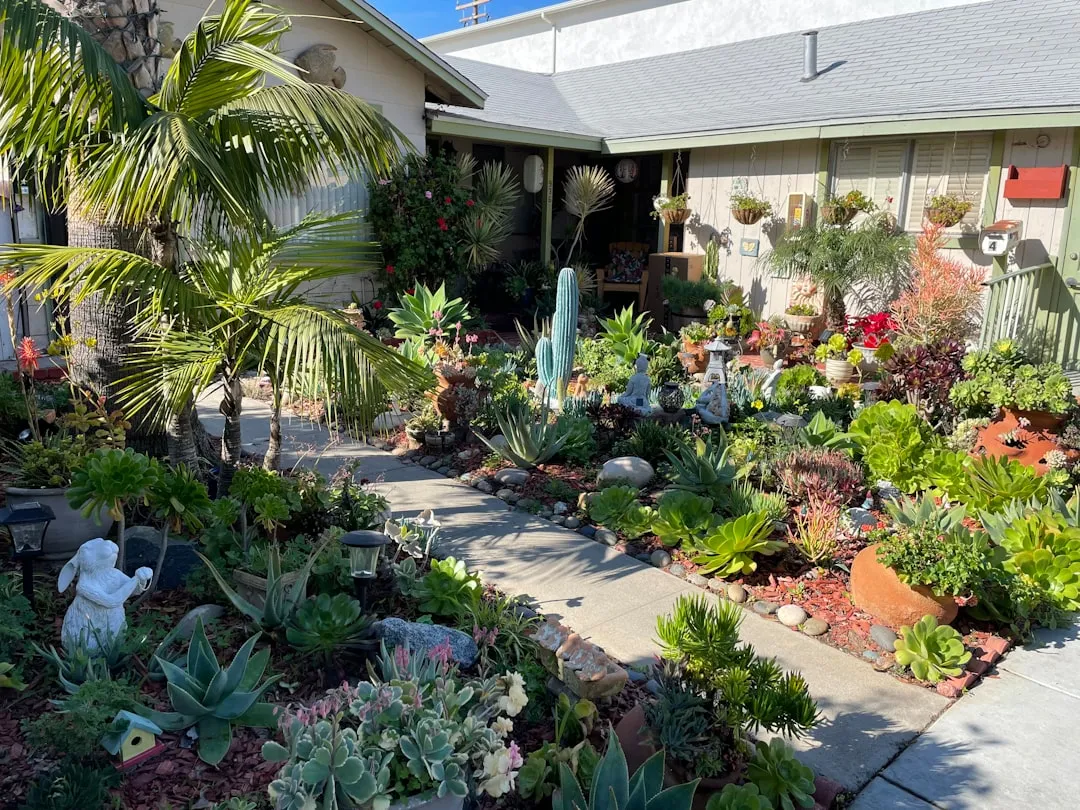The Secret to Thriving Aloe Vera in Your Home

Houseplants have become an integral part of modern living, bringing a touch of nature indoors and enhancing the aesthetic appeal of our homes. Among the numerous houseplants available, aloe vera stands out not only for its unique appearance but also for its many health benefits. However, one of the most common challenges that plant owners face is figuring out how often to water their aloe vera plants. In this article, we will explore the factors that influence the watering frequency of aloe vera plants and provide you with practical tips on how to properly water your potted aloe vera to keep it thriving.
### Understanding Aloe Vera's Watering Needs
Aloe vera is a succulent plant that is native to arid regions. As such, it has adapted to survive in environments with limited water availability. Its thick, fleshy leaves store water, allowing the plant to withstand long periods of drought. This means that aloe vera does not require frequent watering like other houseplants. Overwatering can actually be detrimental to the plant, leading to root rot and other problems.
### Factors Affecting Watering Frequency
Several factors influence how often you should water your aloe vera plant. These include:
- Temperature: Aloe vera plants require more water during the hot summer months when the evaporation rate is high. In contrast, they need less water during the cold winter months when the plant goes into a dormant state.
- Humidity: High humidity levels can reduce the rate of water evaporation from the soil, meaning that you may need to water your aloe vera less frequently. Conversely, low humidity levels can cause the soil to dry out more quickly, requiring more frequent watering.
- Soil Type: The type of soil you use for your aloe vera plant can also affect its watering needs. Well-draining soil, such as a cactus or succulent mix, allows excess water to drain away quickly, preventing waterlogging. On the other hand, heavy or compacted soil can retain water for longer periods, increasing the risk of overwatering.
- Pot Size: The size of the pot your aloe vera is planted in can also impact its watering frequency. Smaller pots tend to dry out more quickly than larger pots, so you may need to water your plant more often if it is in a small pot.
### How to Water Your Aloe Vera Plant
Now that you understand the factors that affect the watering frequency of aloe vera plants, let's look at how to properly water your potted aloe vera:
- Check the Soil Moisture: Before watering your aloe vera plant, check the moisture level of the soil. Stick your finger about an inch into the soil. If it feels dry, it's time to water the plant. If it still feels moist, wait a few more days before checking again.
- Water Deeply: When watering your aloe vera, make sure to water deeply so that the water reaches the roots. Pour water slowly around the base of the plant until it starts to drain out of the bottom of the pot. This ensures that the entire root system is hydrated.
- Avoid Overwatering: As mentioned earlier, overwatering is one of the most common mistakes that plant owners make when caring for aloe vera. To avoid overwatering, make sure to empty the saucer under the pot after watering to prevent the plant from sitting in standing water. Also, do not water the plant on a fixed schedule. Instead, water it based on the moisture level of the soil.
- Use the Right Water: Aloe vera plants prefer water that is free of chemicals and salts. Tap water can contain chlorine, fluoride, and other chemicals that can be harmful to the plant over time. If possible, use filtered or distilled water to water your aloe vera.
### Additional Tips for Caring for Your Aloe Vera Plant
In addition to proper watering, there are other things you can do to keep your aloe vera plant healthy and thriving:
- Provide Adequate Light: Aloe vera plants need plenty of bright, indirect sunlight to grow properly. Place your plant near a window that receives at least six hours of sunlight per day. However, avoid placing it in direct sunlight, as this can cause the leaves to burn.
- Fertilize Occasionally: Aloe vera plants do not require frequent fertilization. You can fertilize your plant once or twice a year during the growing season (spring and summer) with a balanced, water-soluble fertilizer diluted to half strength.
- Repot When Necessary: As your aloe vera plant grows, it may outgrow its pot. If you notice that the roots are starting to grow out of the drainage holes or the plant is becoming top-heavy, it's time to repot it into a larger pot. Use a well-draining soil mix and make sure the new pot has drainage holes.
By following these tips, you can ensure that your aloe vera plant stays healthy and beautiful for years to come. Remember, caring for houseplants is a rewarding experience that allows you to connect with nature and create a more peaceful and relaxing environment in your home.